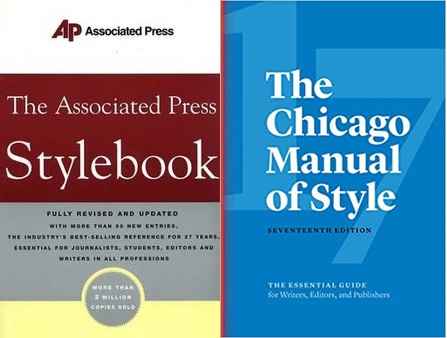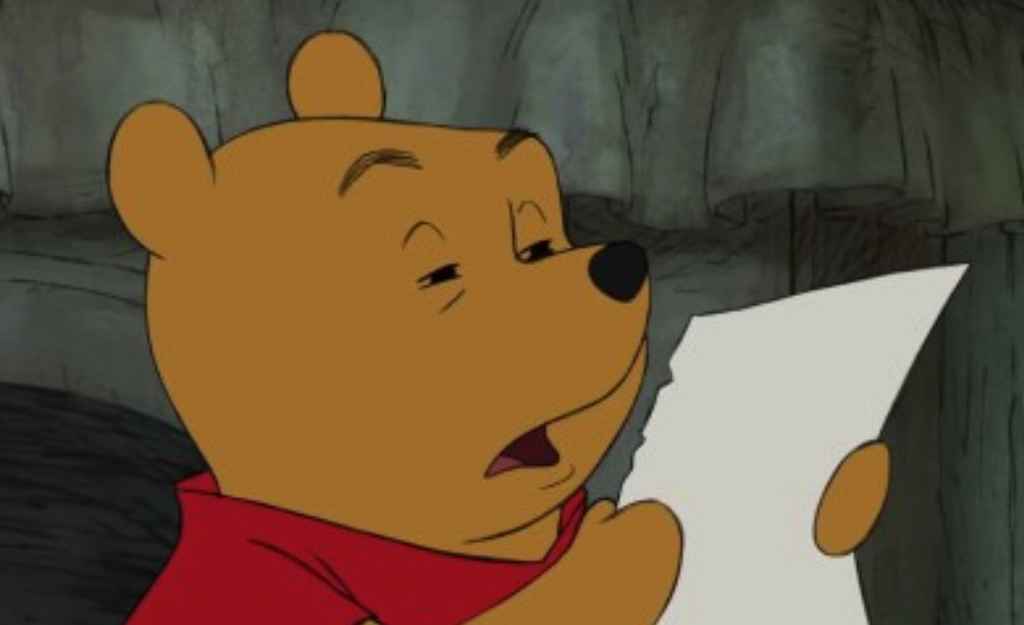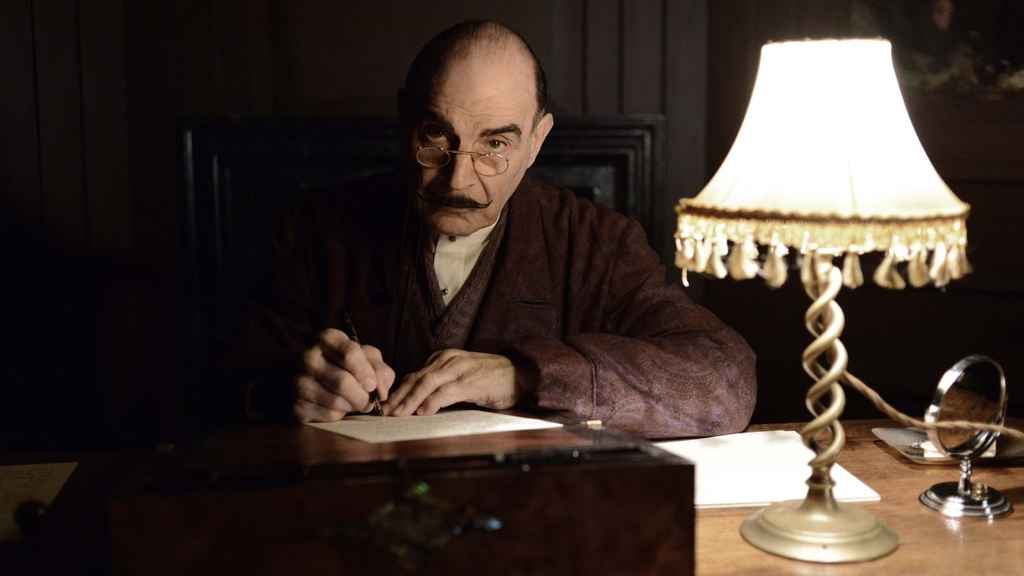Blog • Understanding Publishing
Last updated on Oct 15, 2025
Copy Editing vs Proofreading: What’s the Difference and Which Do You Need?
Martin Cavannagh
Head of Content at Reedsy, Martin has spent over eight years helping writers turn their ambitions into reality. As a voice in the indie publishing space, he has written for a number of outlets and spoken at conferences, including the 2024 Writers Summit at the London Book Fair.
View profile →In professional publishing, copy editing is the act of improving the clarity, accuracy, and flow of what an author writes. Proofreading, on the other hand, is a safety net — a final check for errors before publication. These are two different jobs with the same goal: making a piece of writing as readable and error-free as possible.
In this article, we’ll do a quick dive into the work that these different types of editors do and help you understand which type of editing your manuscript needs at any given time. If you want to cut straight to the chase, you can find out yourself by taking our quiz.
🖋️
What kind of editing does your book need?
Takes one minute!
What is copy editing?
In the broadest sense, copy editing ensures that a piece of writing is ‘correct.’ Most people will understand this to mean fixing spelling mistakes and correcting grammar issues, but this will usually go a lot further in professional publishing.
Working to style guides

A trained and experienced copy editor will ensure that a piece of writing adheres to the publisher’s chosen style guide. Say, for example, you’re an author who’s written this sentence:
The fourteen year old boy put down his copy of Twilight.
If this is for a novel, the copy editor would have established that it should follow the Chicago Manual of Style. They would edit this line by hyphenating ‘fourteen-year-old’ (as it’s a compound adjective) and italicizing the novel’s title.
The fourteen-year-old boy put down his copy of Twilight.
If you are writing for a newspaper column that follows the AP Stylebook, the copy editor will edit ‘fourteen’ to ‘14’ — in AP, numbers over nine are written as numerals — and use quotation marks around the novel title.
The 14-year-old boy put down his copy of “Twilight”.
Some manuscripts won’t strictly adhere to any established guide (for example, if a novel is written in a screenplay format). If this is the case, the copy editor may create a bespoke stylesheet that lays out any unique spelling and formatting. This stylesheet will ensure consistency and help the proofreader understand what is a mistake and what is intentional.
Ensuring readability

Depending on the remit they receive, many copy editors will also suggest edits to improve the manuscript’s readability and accuracy. Let’s say that an author has written this:
While Kevin’s Fifth-Grade class was distracted in reciting the Pledge of Allegiance, Kevin surreptitiously dropped his pen into the dustbin.
A good copy editor would strike out the repetition of Kevin’s name, de-capitalize ‘fifth-grade,’ and suggest ways to make that sentence read better. They might also notice the odd use of the British term ‘dustbin’ in an American setting.
Kevin’s fifth-grade class was distracted in reciting the Pledge of Allegiance. He slipped his pen into the trashcan.
New writers often worry that an editor will take a hatchet to their writing, eradicating all traces of their ‘voice’. However, an experienced, professional copyeditor will be sensitive to the author’s unique style — tweaking the copy in ways that will help their voice truly sing.
Hire an expert copy editor
Glenys N.
Available to hire
An award-winning children's author and freelance editor, ready to help YOU make your children's book the very best it can be.
Peter L.
Available to hire
Seasoned editor / award-winning author / college teacher / pastor. I specialize in making writing flow like water–from sentence to book.
Bess M.
Available to hire
I'm an experienced writer/editor who has worked in book publishing. I specialize in editing anthologies, memoirs, and business books.
What is proofreading?

In traditional publishing, the proofreading stage comes directly before the book goes to print. After the copy has been edited, a designer or typesetter will create a file. Before they place an order for 20,000 hard copies with a printer, they will create what’s called a ‘galley proof’— a test version of the book. A final digital version will also be evaluated for ebooks about to be published.
It's more than just typo-hunting
The proofreader will then meticulously comb through the proof to see if the copy editor has missed anything or if the designer has accidentally introduced a mistake into the final file. In addition to typos, these mistakes may include:
- Incorrect numbering of pages;
- Inaccurate index;
- Misaligned text;
- Additional (or missing) spaces between words;
- Incorrect paragraphing.
A proofreader’s list of responsibilities is often broader than what we’ve laid out above. For example, with non-fiction or journalistic writing, they might also fact-check the manuscript.
Now that we’ve established the kinds of tasks involved in copy editing and proofreading, let’s look at where they might fit into an author’s publishing journey.
Which service do you need?
If you’re an indie author looking to self-publish a book, one of the things you’ll need to manage is polishing your manuscript to a publishable standard. Through online marketplaces like Reedsy, you can find qualified and experienced copy editors and proofreaders in just a few minutes. The real challenge is knowing when to hire them.
Copy edit after your structure is finalized
As a copy editor will be focusing on the individual sentences and paragraphs of your manuscript, you’ll first want to make sure you’re satisfied with your book’s structure. If there’s a chance you’ll cut out chapters, add new ones in, or tinker with certain passages — don’t get a copy editor yet! You’ll either have to get another copy edit later or pay a professional to edit something that won’t make it into the final book.
Q: When is a proofreader necessary after a copy edit, and how does this process differ from the editing phase?
Suggested answer
Proofreading doesn’t mean the copyeditor failed—it means the publishing process is working as it should.
At the Big Five publishers, where I’ve proofread re-releases of bestselling books that had already undergone professional editing and sold millions of copies, I’ve still found hundreds of errors—sometimes over 700 in a single manuscript. Even the most skilled editors miss things. That’s why industry-leading publishers invest in multiple rounds of editing—developmental, copyediting, slugging, proofreading, and cold reading.
For indie authors, budget often determines how many of these stages are possible. If you can only choose one, a solid copyedit can get your manuscript into excellent shape. But when feasible, combining copyediting and proofreading gives your book the clarity, consistency, and polish it needs to make a strong first impression.
Ian is available to hire on Reedsy ⏺
A copyeditor is there to look at the style and tone of the work. They're traditionally wrestling with a house style guide or an academic style guide so the writer's work fits the industry standard. This is the person who polishes the writer's work – using industry knowledge writer's can't be expected to have – and gets it ready to be turned into a book. When the copyeditor's focus is on the whole of the manuscript (to note the jokes you made before, the colour of the character's eyes, and the weather outside in chapter three) it's not always possible to focus on commas too.
Proofreading should be the very final safety net, there to catch the last typos and act as a different set of eyes. They're able to concentrate on the very final detail of the text because the copyeditor resolved the vast majority of the glaring issues.
The most important thing, though, is that the proofreader should be reading the proofs. They're the person who checks the book professionally just before it goes to print, and checking for all the potential problems that were created when your manuscript went from a Word document to a PDF. When you remove the proofreader from the process, you risk all kinds of gremlins impacting the final version of your book and the impression it makes.
Mairi is available to hire on Reedsy ⏺
A copy-editor often has to pay a lot of attention to wider issues, and hence may miss some small proofreading errors or inconsistencies. Also, in the publishing context, when a book has been typeset, the typesetting process often introduces errors into a book that weren't there before
John is available to hire on Reedsy ⏺
Get a separate proofreader after the copy edit
Professional proofreaders are there to catch the author and copy editor’s mistakes. Some copyeditors also offer proofreading services, but it’s often best to get a fresh pair of eyes for that task. If a copyeditor misses a mistake the first time around (no editor is 100% infallible), there’s every chance they’ll miss it during the proofread. If you can, hire a separate copy editor and proofreader.
Hire an expert proofreader
Glenys N.
Available to hire
An award-winning children's author and freelance editor, ready to help YOU make your children's book the very best it can be.
John H.
Available to hire
College-certified thriller, crime, and historical fiction editor for 10+ years. I believe professionalism and courtesy make projects work.
Rosie G.
Available to hire
Hi! I'm a children's book editor / author with 11 years of experience. I specialise in picture books and novelty books... and I love rhyme!
And that’s that! Once you’ve finished the proofreading stage of your book, you’re just about ready to share it with the world. And with the help of these two trusted professionals, you can publish your masterpiece with complete confidence that it has reached its full potential.







